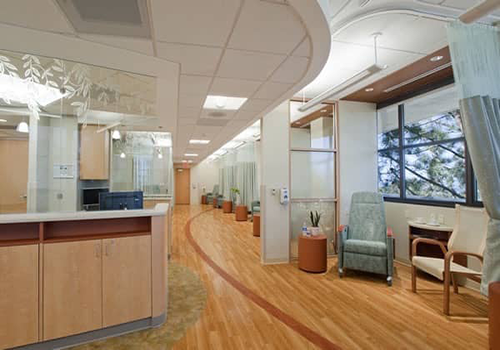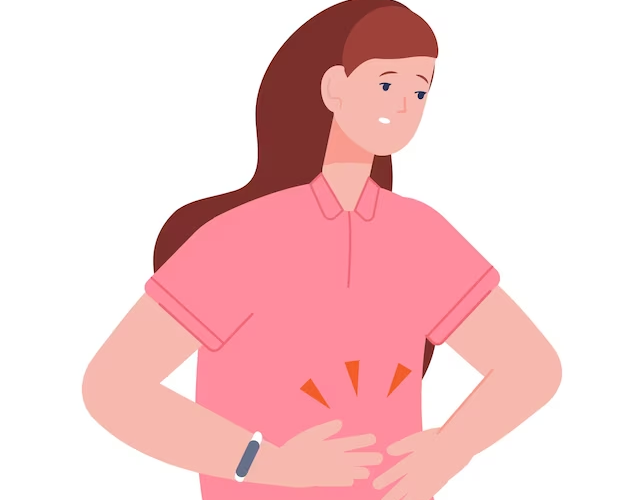
The Struggle with Fallopian Tube Blockage and How We Overcame It Together
As a fertility specialist, I often see women who are facing the heartbreaking challenge of infertility due to fallopian tube blockage or damage. The fallopian tubes are crucial to conception—they are the pathways through which the egg travels from the ovaries to the uterus. When these tubes are blocked or damaged, it can feel like a seemingly insurmountable obstacle. But with the right treatment, it’s not the end of the road.
One patient, in particular, comes to mind. Her story illustrates not just the medical challenges of fallopian tube issues, but also the emotional rollercoaster that comes with it. Her name is Sarah (a pseudonym), and her journey has been a testament to perseverance, understanding, and the power of modern fertility treatments.

Sarah’s Journey: Discovering the Hidden Cause of Infertility
When Sarah first came to see me, she and her partner had been trying to conceive for over a year. Sarah was 33, healthy, and had no major medical history, so she couldn’t understand why they hadn’t been able to get pregnant. They had tried tracking ovulation, using home pregnancy tests, and had even begun making changes to their lifestyle—everything they thought they should be doing.
After a series of tests, we discovered that Sarah had bilateral fallopian tube blockage. Both of her fallopian tubes were either completely blocked or severely damaged, meaning her eggs couldn’t meet the sperm as they needed to in order to conceive naturally.
“Why didn’t I know about this sooner?” Sarah asked me in a quiet voice, her concern tinged with confusion and fear. She had never experienced any symptoms, like pain or irregular periods, that would have suggested there was a problem with her tubes.
“Unfortunately,” I explained, “fallopian tube blockage is often silent. You don’t necessarily have symptoms until you’ve been trying to get pregnant for a while and haven’t had success.”

The Science Behind Fallopian Tube Blockage
Fallopian tube blockage or damage is a common cause of infertility, affecting about 25% of women with fertility issues. The fallopian tubes can become blocked for various reasons, including:
- Pelvic infections (such as pelvic inflammatory disease or PID)
- Endometriosis, which can cause adhesions
- Previous abdominal surgery, which can create scar tissue
- Congenital issues, where the tubes may be naturally malformed or missing
When the fallopian tubes are blocked, the sperm cannot reach the egg, or the fertilized egg may not be able to travel to the uterus. This creates a major barrier to pregnancy.
Dr. Claire Rogers, a renowned expert in reproductive medicine, explains, “Blockage of the fallopian tubes is one of the leading causes of female infertility, but it is often treatable. Whether through surgery or assisted reproductive technologies, we can help women with blocked tubes realize their dreams of having children.”

Options for Treating Fallopian Tube Blockage
When Sarah found out about her tube blockage, she was understandably devastated. But it’s important to know that fallopian tube issues don’t always mean the end of the line for pregnancy. There are several treatment options available, depending on the severity and cause of the blockage.
- Surgical Repair: In some cases, blocked tubes can be surgically repaired. This involves removing scar tissue or opening the tubes if they are blocked. However, surgery doesn’t always work, especially if the damage is extensive or if there are other complicating factors.
- Tubal Ligation Reversal: For women who have had a previous tubal ligation, a surgical procedure known as tubal ligation reversal may be an option. This can reconnect the tubes and restore fertility, though it depends on the condition of the tubes and whether they are still functional.
- In Vitro Fertilization (IVF): For women like Sarah, who had extensive damage or blockage, IVF is often the best solution. IVF bypasses the fallopian tubes altogether by retrieving eggs directly from the ovaries and fertilizing them in the lab. The resulting embryos are then transferred directly into the uterus.
For Sarah, after discussing all of her options, we decided to move forward with IVF. This decision wasn’t easy. “I was scared of IVF,” Sarah admitted. “It felt like a huge step, but we were running out of options.”
IVF: The Path Forward
After going through a few months of IVF preparation, Sarah began her first round. She was nervous but hopeful. Fortunately, the process went smoothly—she responded well to the medications, and we were able to retrieve several high-quality eggs.
After fertilization, two embryos were transferred into her uterus. The waiting period after the transfer is always the hardest part. Sarah came in for her first blood test, and the results were positive. She was pregnant!
“I couldn’t believe it at first,” she said, tears of joy streaming down her face. “I thought IVF was a last resort, but it worked.”
Emotional Support Through the Process
Infertility isn’t just a physical challenge; it’s an emotional one as well. Sarah and her partner had been through so much already, and the IVF journey was filled with highs and lows. I always make sure to remind my patients that emotional support is just as important as medical treatment.
Dr. Emily Jacobs, a counselor specializing in fertility issues, says, “Infertility can be one of the most emotionally exhausting experiences. Couples benefit from both mental and physical support throughout the process.”
For Sarah, having a support network—both from her partner and from professionals like myself and the fertility clinic staff—was essential.
The Road to Parenthood: What I Learned
As a doctor, seeing patients like Sarah succeed in overcoming fertility challenges is the reason I do what I do. But her case also reinforced an important lesson: fallopian tube blockage doesn’t have to be the end of the road.
Modern treatments, especially IVF, have revolutionized fertility care. For women with blocked or damaged fallopian tubes, the chance of pregnancy may seem distant, but it is far from impossible. With the right approach, including proper diagnosis, emotional support, and advanced treatments, many women can go on to have healthy pregnancies.
To any woman struggling with similar issues, I offer this advice: Don’t give up hope. You may face challenges, but there are always options. Whether it’s surgery, IVF, or a combination of treatments, there is a path forward.
















